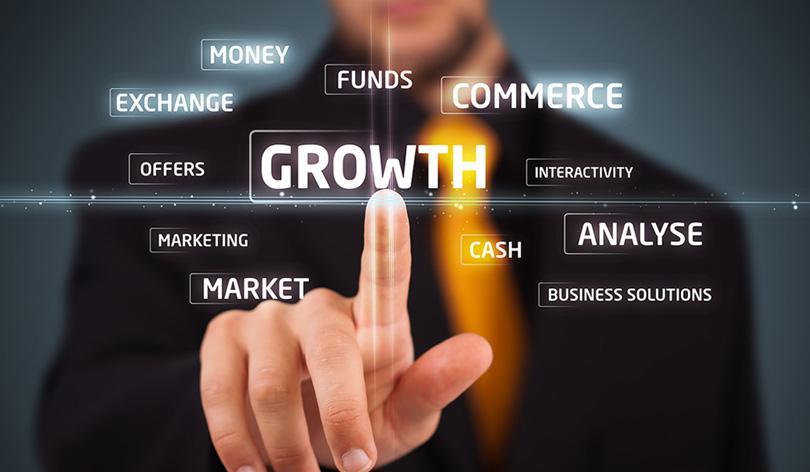
Anyone who runs a business, selling any sort of goods or services, will find it helpful to understand the four stages of a product. Whether your business is large or small, you will need to develop strategies to help you navigate each stage to maximize the success of your business.
There's the initial stage, the introduction, which is followed by a period of increasing sales that is called the growth stage. The third stage, maturation, signals the end of expanding sales and potentially leads to the final stage, which is decline. Part of running a business is carefully strategizing your pricing, marketing, and other important factors that will impact your bottom line.
Taking a closer look at each stage will help you learn how to refine your approach to respond to the different challenges that each stage will bring.
Stage 1: Introduction
You've identified some sort of need or want in the market, made investments to produce a solution and now you're hoping it will resonate with consumers. Now that your product or service has been launched, customers will have a chance to learn all about it. The priority during this stage will be a marketing campaign that helps explain your product or service and creates that initial impression that will make it appealing.
Your focus will depend on what your target customer prioritizes, whether it's price, features, cultural significance, etc. Many consumers are very price-conscious and it's common during the introductory stage for businesses to try to make it affordable for consumers to try the product. By contrast, if your potential customers are other businesses then your focus would be on showing how you can create value for them since this is what motivates B2B sales.
During this initial stage, you may not have a lot of sales. This is a major challenge because of the potentially significant costs that have gone into development and marketing. You have to be financially prepared to navigate this stage and continue raising awareness about your product until it finds its consumers and begins to generate real sales.
Stage 2: Growth
During the growth stage, your product will enjoy steadily increasing sales now as it becomes discovered by your target audience. As demand for the product increases, you will finally be in a position to recoup your investments. Use your cash flow to better position yourself in the market, and hopefully create longevity, by investing in strategic marketing or even expanding your product line.
The growth stage is a fantastic moment for your product, but it won't last forever and you have to make smart tactical decisions about your pricing and overall positioning in the market. Customer feedback will become useful, as will the behaviour of your competitors.
Stage 3: Maturity
Now that your product is all grown up, it enters the mature stage where sales growth levels off as the product have become well known. While you're not growing, your product or service has steady sales and profits, so these are still profitable times. At this point, your pricing strategy may have to be refined to respond to competition. Reacting to your rivals will generally become more important because this stage can be a dangerous time for your business.
There aren't as many new customers for you to capture and it's important to keep the ones you have. If you want to maintain relatively stables sales, and defend your share of the market from competitors, you should be highly sensitive to market trends. Any possible opportunity to differentiate will be helpful, as will cultivating a strong brand that increases customer loyalty. A successful business would like to remain in this prosperous stage indefinitely.
Stage 4: Decline
This stage, when your product has saturated the market and actually begins to decline, serves as a cautionary tale. If a business fails to innovate, or can't differentiate themselves, it will eventually get crowded out of the market when a better product or service comes along. This will be a challenging time that requires making some changes if you don't want to go under.
Figure out what the problem is. You can respond with a mix of changing the product, lowering the pricing or improving the marketing. One famous example of a company that responded successfully to their decline was Domino's, which famously admitted they knew their pizza was terrible and were going to revamp their recipes.
The marketing campaign got plenty of attention and boosted sales enough to turn around the fortunes of the company. They were able to prove that decline is not a destiny with a tactical strategy that successfully reintroduced the product to consumers.
Conclusion
Understanding these four different stages can offer helpful guidance for every type of business. Whether you're introducing the product or trying to avoid its decline, it's important to adapt to the challenges of each stage by understanding your product, your consumer and your strategy.
Guest Author

Helen Cartwright is a passionate blogger, who excels in the Digital Marketing and Technology niche. When not wired in marketing strategies she ghost-writes for a variety of authors who have their work published on leading online media channels such as The Huffington Post and Entrepreneur.com.
